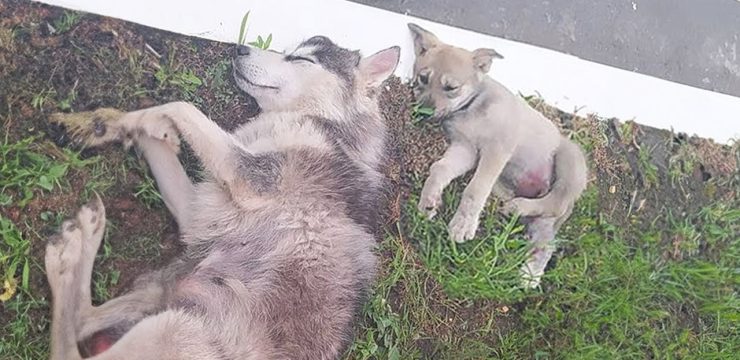Nail polish remover is often underestimated, with many people assuming its only purpose is to take off old nail polish. But in reality, this common household item has far more to offer. Its primary ingredient, acetone, is a strong solvent that can tackle a wide range of materials. While it’s popular in the beauty world, nail polish remover is surprisingly effective in addressing various cleaning and maintenance problems around the home. In this article, we’ll explore ten creative and practical uses for nail polish remover that go beyond your nails. These tips can help make your home cleaner, more organized, and even extend the life of some everyday items.

To truly appreciate the power of nail polish remover, it helps to understand what’s in it. Most formulas are made mostly from acetone, a clear, fast-evaporating liquid that can dissolve everything from glue to paint. Acetone is known for its effectiveness in breaking down complex substances, making it ideal not just for nail care but also for heavy-duty cleaning jobs. Some removers also include moisturizers like aloe or glycerin to reduce skin dryness. The powerful nature of acetone is the reason this product can be used in so many different ways around the house.
However, before diving into its alternative uses, it’s crucial to address safety. Acetone is highly flammable and should never be used near open flames or hot surfaces. Prolonged skin contact can lead to irritation, so gloves are recommended when using it for household tasks. Always ensure you’re working in a well-ventilated space to avoid inhaling the fumes, and store it safely away from children and pets. Used responsibly, nail polish remover can become one of the most helpful tools in your cleaning arsenal.
One of the more surprising applications of nail polish remover is in cleaning bathtub scum. Soap residue mixed with body oils can create a sticky layer that’s tough to get rid of. A bit of nail polish remover on a cloth can cut through this grime with ease. After scrubbing the surface, rinse it well with water to eliminate any leftover acetone, leaving your tub looking fresh and clean.
Another area where nail polish remover shines is removing permanent marker stains. Whether a child has drawn on the wall or someone accidentally marked a countertop, acetone can save the day. Lightly dab a cotton ball with remover and gently rub the marked surface. The ink will start to dissolve, making it much easier to clean off. As always, test it on a hidden spot first to ensure it won’t damage the finish.
Sticky price tags can be a nuisance, especially when they leave behind adhesive residue on glass, metal, or plastic. Nail polish remover can break down the glue quickly. Apply it to a rag or paper towel and rub the affected area until the stickiness disappears. It’s a simple trick that can save you time and frustration.
Scuffed shoes can make even your best outfit look a little sloppy. Fortunately, a bit of nail polish remover can bring back the shine. Dampen a cotton ball and gently buff out the scuffed area. It smooths the surface and improves the appearance of the shoes. However, be careful with colored leather, as acetone can remove dye along with the scuff.
Whiteboards often get stained over time, especially if the marker ink is left on too long. A little nail polish remover on a cloth can restore your board to like-new condition. Wipe gently over the stained areas, and then follow up with a clean, damp cloth to clear away any residue. Your whiteboard will look clean and ready for another round of brainstorming or planning.
If you’ve ever dealt with the mess left behind by super glue, you know how frustrating it can be. Nail polish remover breaks down super glue’s bond, making it easier to remove. Using a cotton swab, apply a bit of remover to the area and gently rub. The glue will start to dissolve, and with a few swipes, the surface will be clean again.
Computer keyboards can become grimy from constant use. While you should never pour liquid onto electronics, a cotton swab lightly dampened with nail polish remover can safely clean between keys. It helps lift away oils, crumbs, and grime that build up over time. Just be careful not to allow any liquid to seep beneath the keys.
Plastic objects around the house can begin to look dingy or yellowed. You can brighten them up using nail polish remover. Lightly moisten a soft cloth and wipe the surface. This process can remove a layer of dirt or discoloration, making the item look newer. It’s wise to test a small, hidden section first to avoid any damage to the plastic.
Hair styling tools, like curling irons and flat irons, often accumulate sticky residue from hair products. A quick wipe-down with a cloth dampened in nail polish remover can clear away the gunk. Be sure the tool is completely cool and unplugged before cleaning. Afterward, wipe it down with a damp cloth to remove any leftover remover.
Lastly, nail polish remover can be a real help with cleaning up paint splatters, especially on hard surfaces. If you’ve recently painted and noticed stray drops on your tiles or countertops, just dab some remover on a rag and gently scrub. It will help lift the paint without needing harsh scrubbing. Again, test it on a small area first to ensure it doesn’t affect the surface.
In conclusion, nail polish remover is far more than just a beauty product. With the proper precautions, this common item can be an incredibly versatile tool for everyday cleaning and maintenance tasks. Whether you’re tackling sticky residue, ink stains, or grimy keyboards, nail polish remover offers effective solutions that save time and effort. It’s a great example of how one simple product can bring surprising value to your home routine. So next time you’re about to toss that bottle in the back of a drawer, remember — there’s a lot more it can do.





